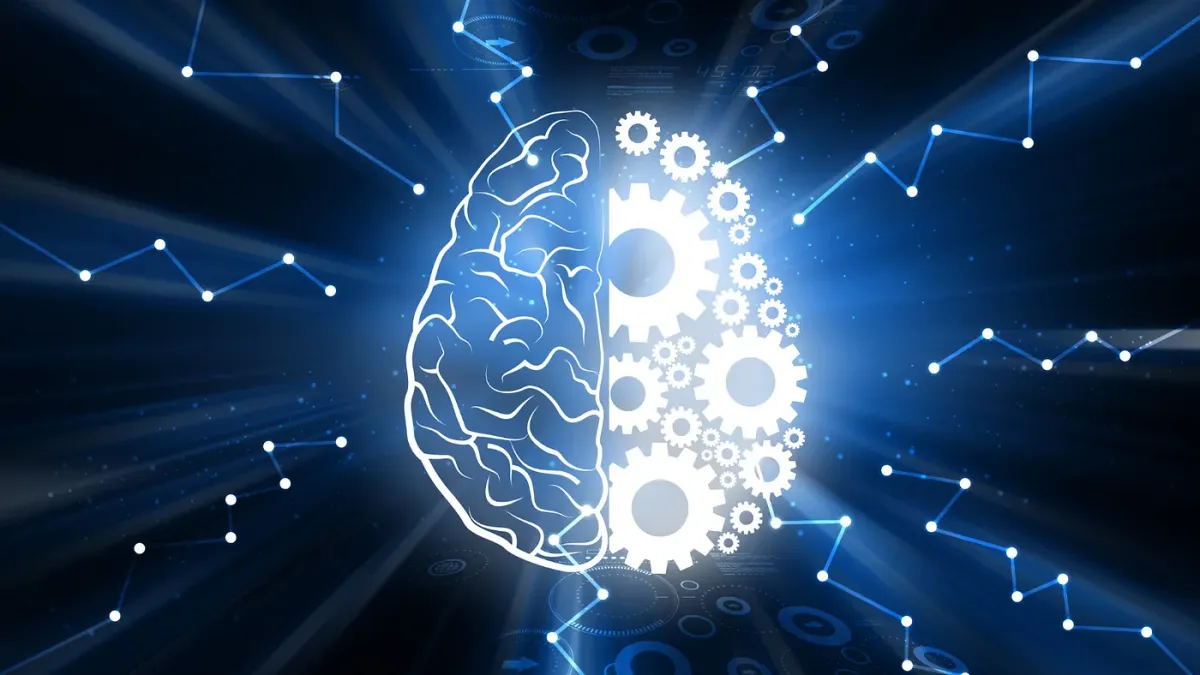AI-Powered Neurotechnology–The Future of Big Tech

My dream is about to become reality! As someone who has always been a staunch fan of Phineas and Ferb, I’ve always imagined a world where you can think tasks into existence. As a kid, I daydreamed about the ultimate convenience — where something as simple as taking notes or skipping to the next song could be done just by thinking about it. Today, that once fantastical idea is slowly emerging out of the realm of cartoons and into our everyday lives, thanks to the groundbreaking intersection of neurotechnology and artificial intelligence (AI).
In recent years, the intersection of neurotechnology and AI has emerged at the forefront of advancements in healthcare. These recent developments are unlocking unprecedented possibilities and reshaping the way we utilize AI and machines to interact with the human brain. From enabling patients with debilitating conditions to communicate through thought alone to becoming a catalyst for innovation in consumer tech innovations, I believe neurotechnology powered by AI is set to be the next wave of revolution in the future.
Current Power of Neurotechnology and AI in Healthcare
Neurotechnology is a field focused on the interface of between the human brain and the electronic devices. It has recently seen remarkable advancements with the integration of AI into their interfaces. Along with AI, improvements in machine architecture and efforts to make these interfaces non-invasive have further made the interfaces, also known as Brain-Computer Interfaces (BCI), extremely powerful and effective. For decades, researchers have explored implantable devices capable of interpreting brain signals and translated them into words or physical actions. While the technology is not entirely new, the infusion of AI has dramatically accelerated this process and its development, creating new pathways for people affected by conditions such as ALS, spinal cord injuries, and other neurological disorders to interact with the world.
One of the most compelling and popular stories highlighting the success of BCIs is that of Rodney, a patient with ALS. Thanks to a Strentrode implant, developed by Synchron and backed by tech luminaries like Jeff Bezoz and Bill Gates, Rodney is now able to type on a keyboard using his thoughts alone. The Strentrode, a small electrode implanted in the brain, deciphers brain signals and converts them into physical movements, providing Rodney with an powerful means to communicate and interact with the world.
Market Potential and Recent Big Tech Investments
The potential market for neurotech devices is immense. “According to the Precedence Research, the market was valued at around $15 billion in 2023 and is projected to soar to over $55 billion by 2032” (Source). This explosive growth is attracting significant investments from the tech giants such as Meta and Apple, which are heavily funding research into non-invasive neurotechnology aimed at decoding thoughts and perceptions without the need for invasive surgery.
For instance, Apple has patented AirPods embedded with EEG technology to measure brain activity, signaling their ambition to integrate neurotech into everyday consumer products (Source). On the other hand, Meta’s research teams are pushing the boundaries of AI and neuroscience to decode human language processing, potentially paving the way for groundbreaking communication tools for those with brain injuries. Not to mention, the creation of Neuralink by Elon Musk, the CEO of Tesla, SpaceX, and more, highlights the immense potential of the neurotech market. Neuralink made headlines early this year when the company implanted its first human patient with a brain-computer interface (BCI). Ultimately, it is evident that the tech giants recognize how, with the help of AI, neurotechnology can revolutionize Human-Computer Interaction and elevate AI to new levels.
Ethical Concerns and Push for Neurorights
Despite the immense promise of neurotechnology, it raises profound ethical and privacy concerns. The ability to access and interpret brain signals brings us to the brink of a new privacy frontier — our thoughts. Nita Farahany, a futurist and tech ethicist, cautions that this advancement could compromise our final bastion of privacy. As Big Tech delves deeper into mind-reading technologies, the urgent need for robust regulatory frameworks to protect mental privacy becomes apparent.
This concern has led to advocacy for neurorights legislation. Advocates argue for laws that safeguard our mental privacy and ensure ethical development and use of neurotechnology. Legislative initiatives like Colorado’s recent bill, which expands privacy rights to include neural rights, reflect a growing recognition of these issues. Similar legislation is being considered in other states, signaling a burgeoning movement towards protecting our most intimate data.
The Future
The future of neurotechnology, augmented by AI, promises to democratize access to life-changing devices and foster consumer-centric innovations. As Rodney hopes, these advancements should reach more people, offering new possibilities for communication and interaction. However, as we venture into this new era, it is crucial to balance technological progress with ethical considerations, ensuring that innovations serve humanity’s best interests while preserving individual privacy.
In conclusion, the intersection of neurotechnology and AI marks the beginning of a new technological boom, poised to redefine healthcare and human-computer interaction. With significant investments from tech giants and a growing market, the potential for life-enhancing applications is vast. However, as we navigate this transformative landscape, safeguarding mental privacy through thoughtful legislation and ethical frameworks will be paramount to ensuring these advancements benefit society as a whole.


